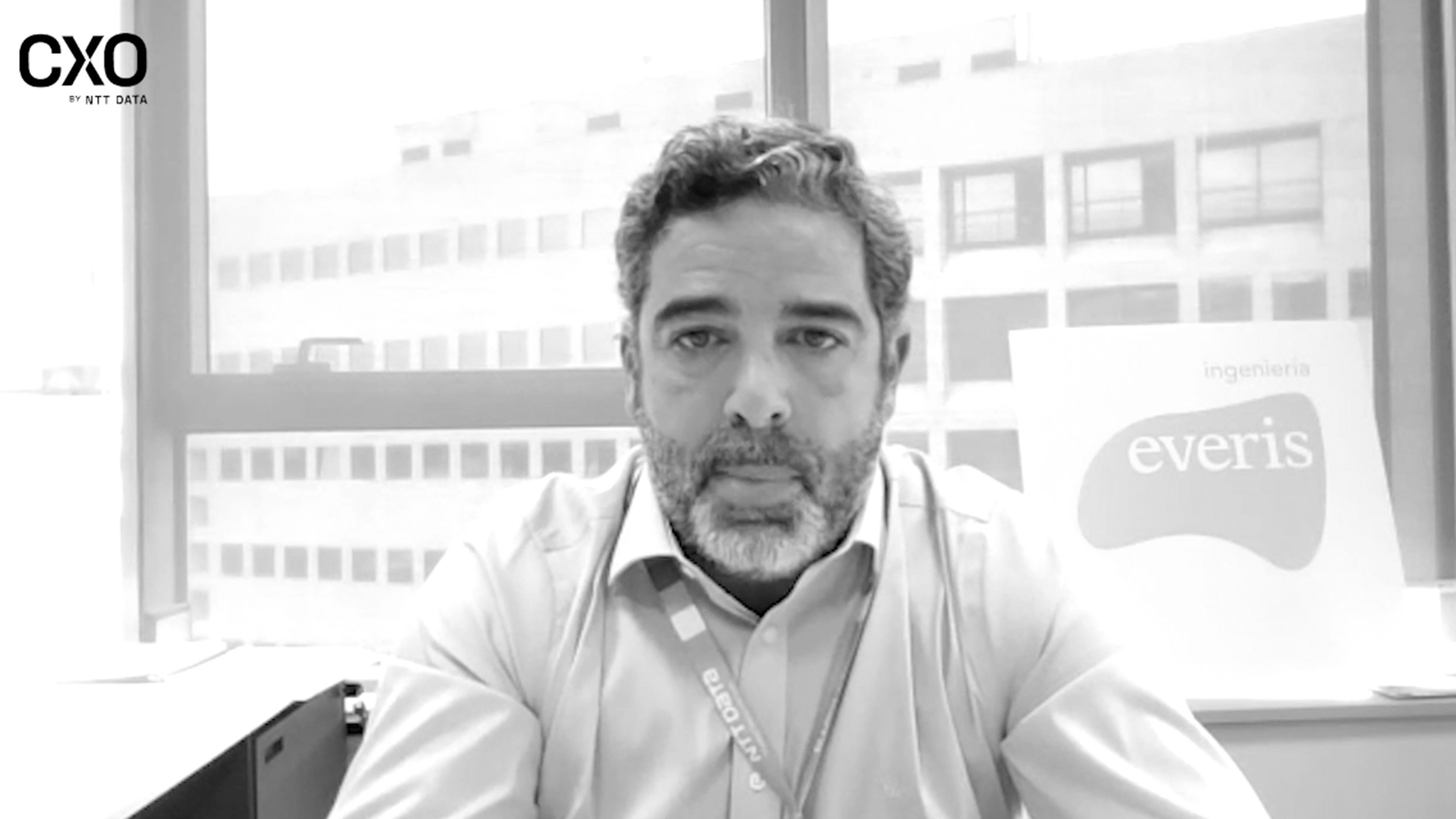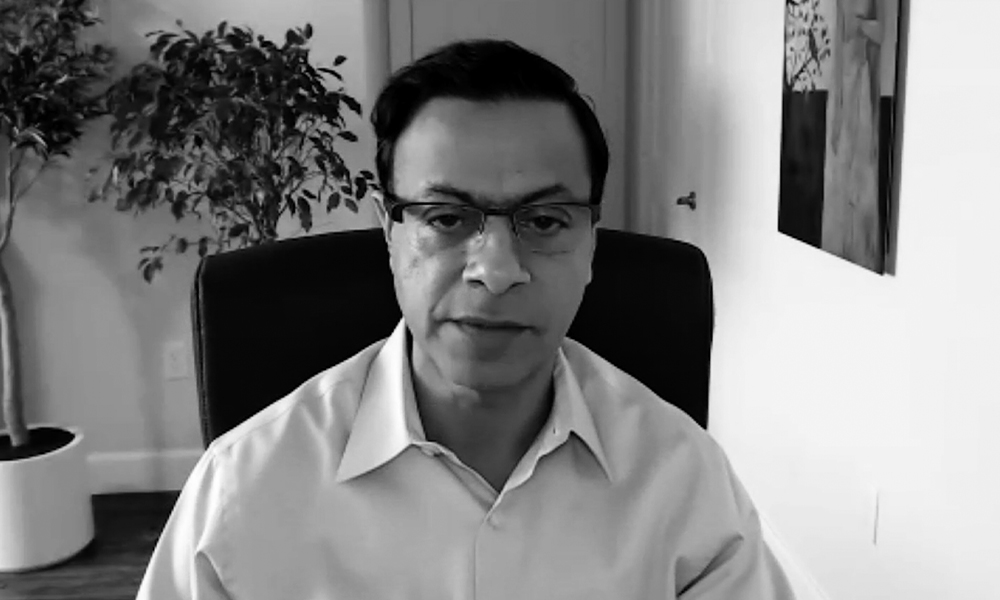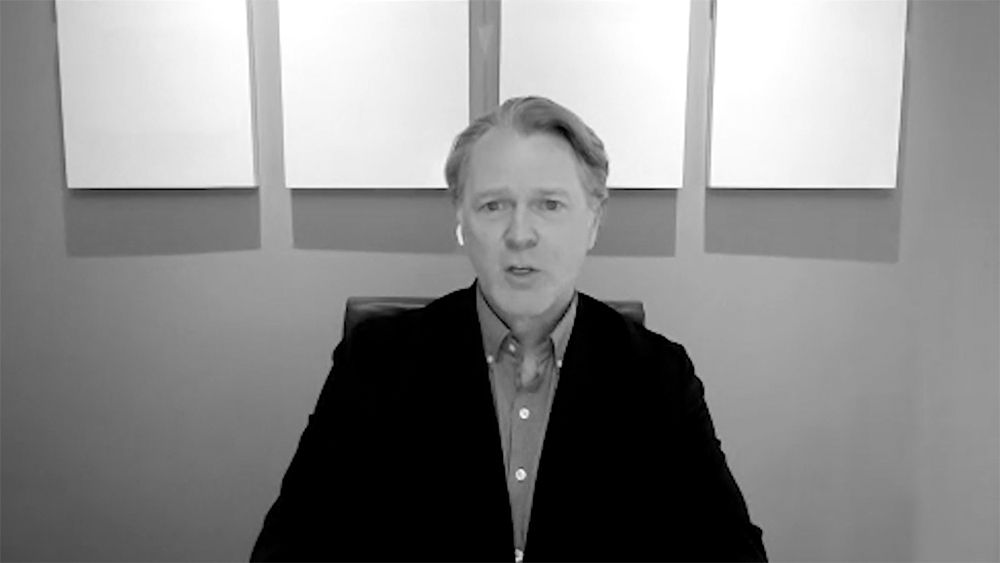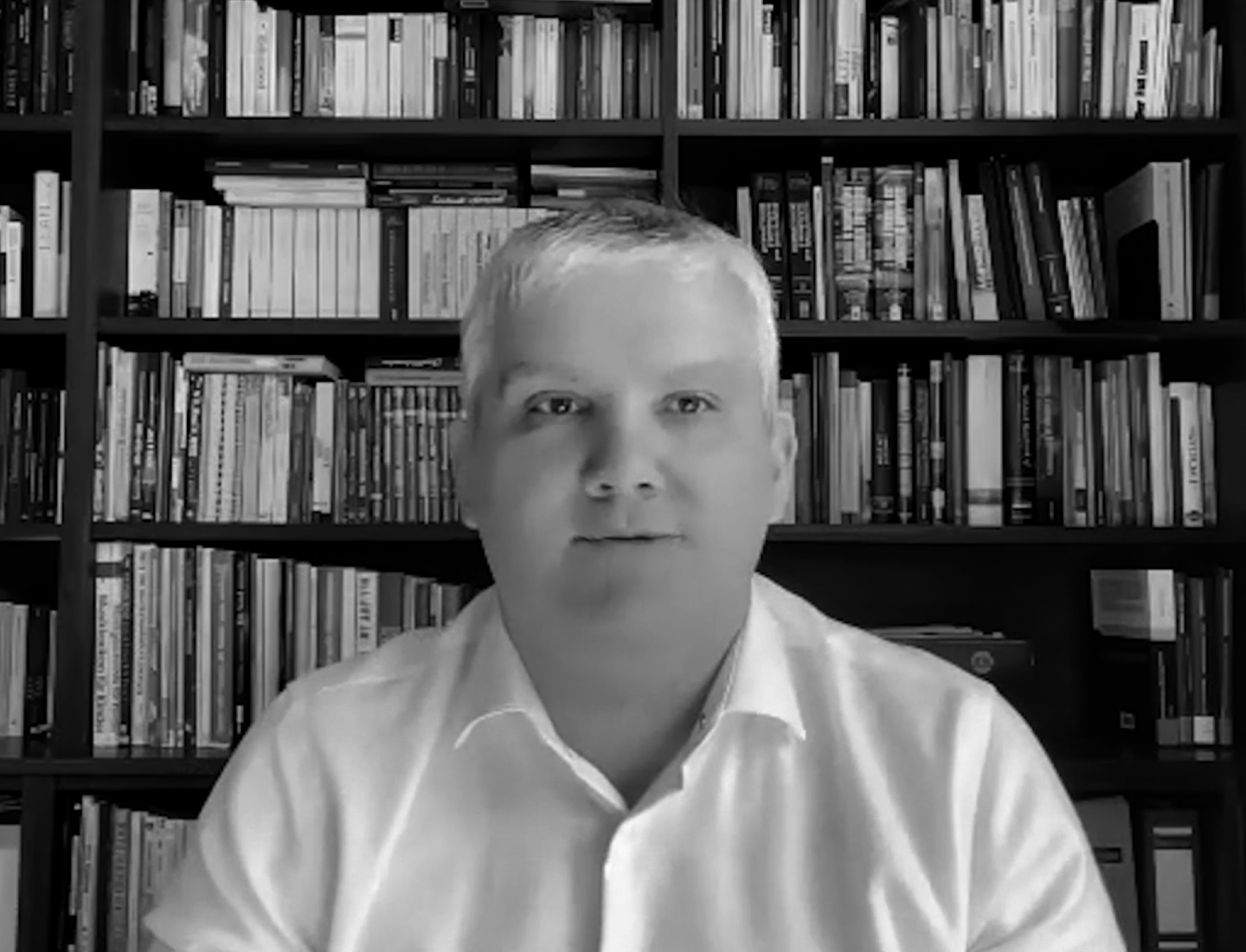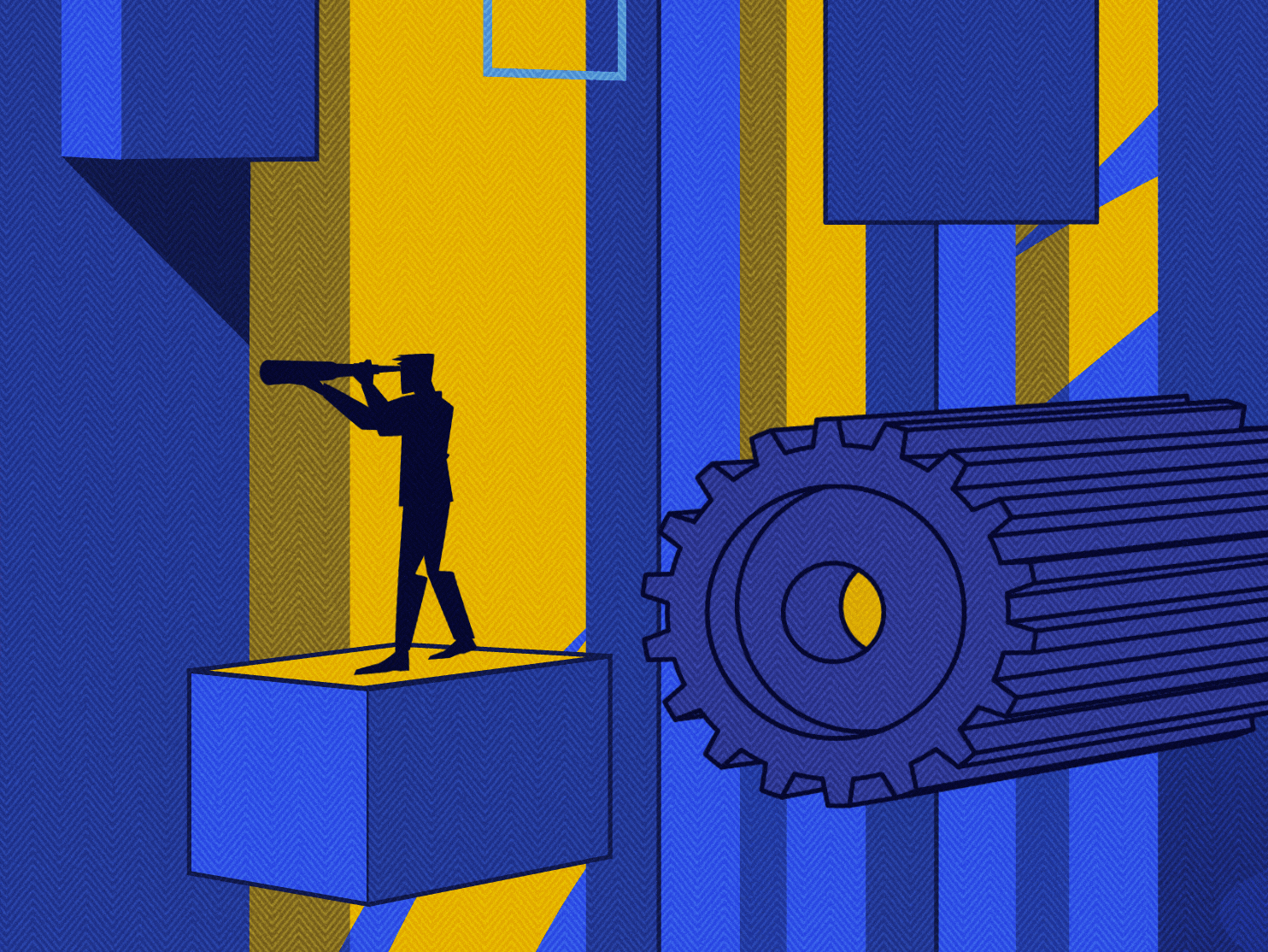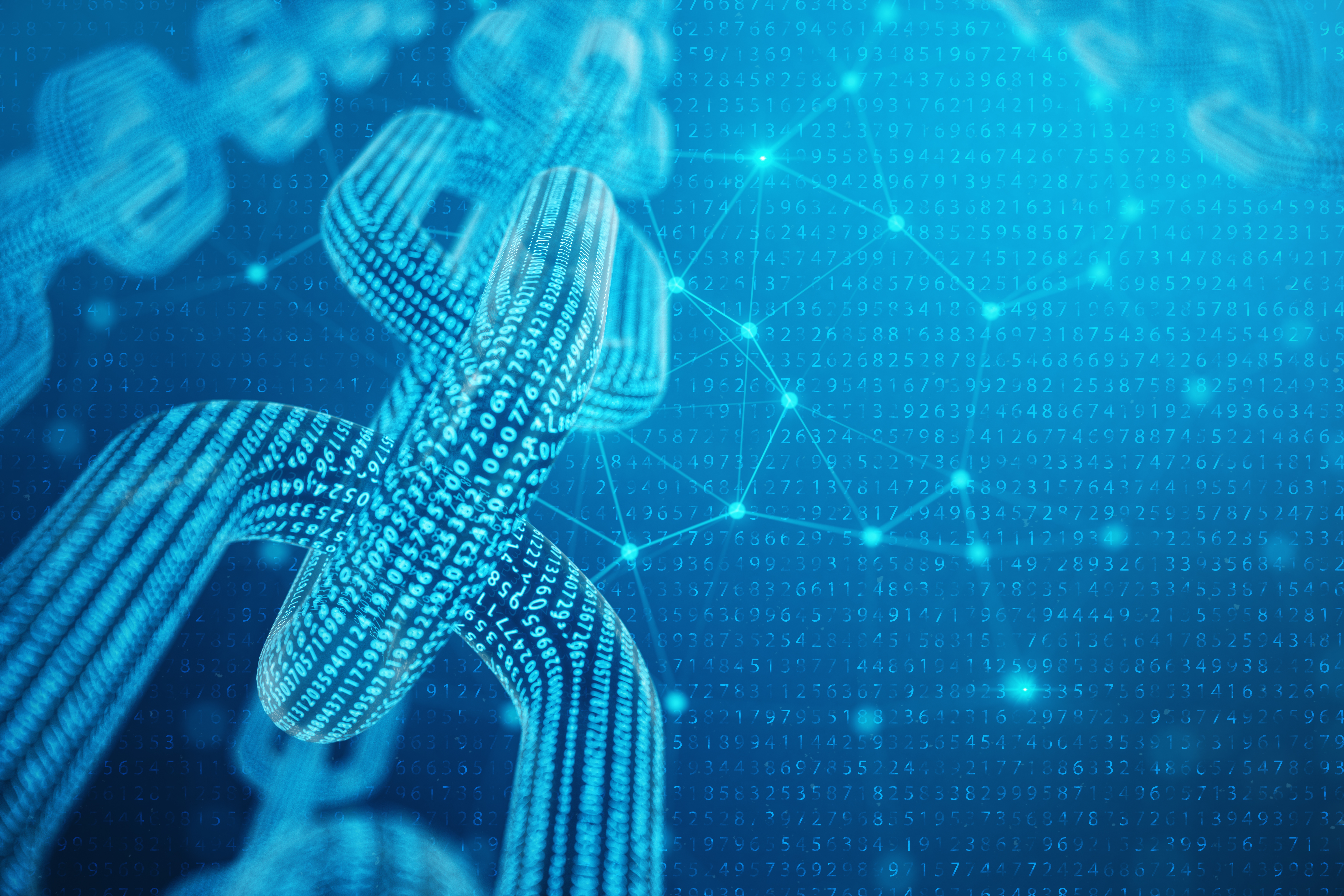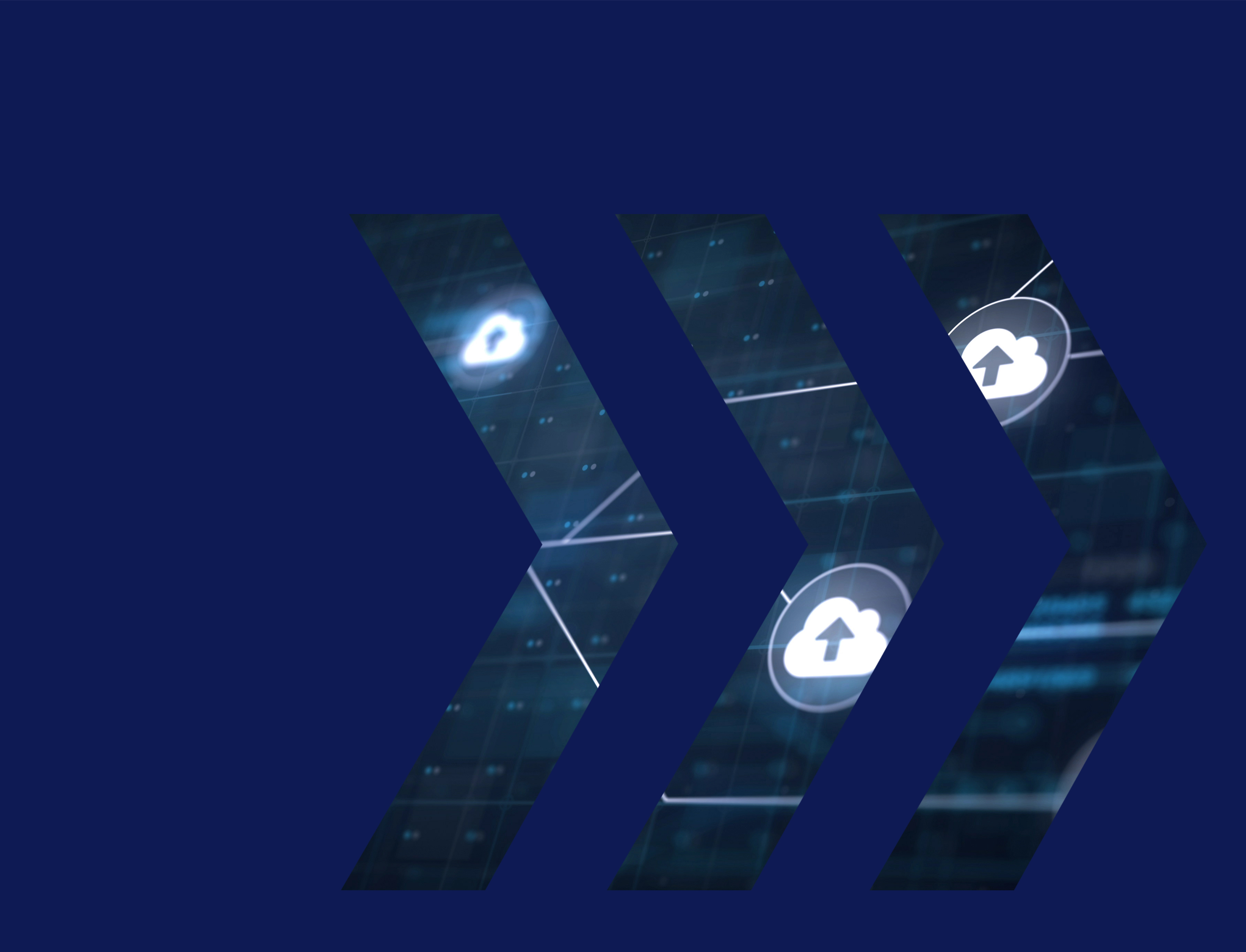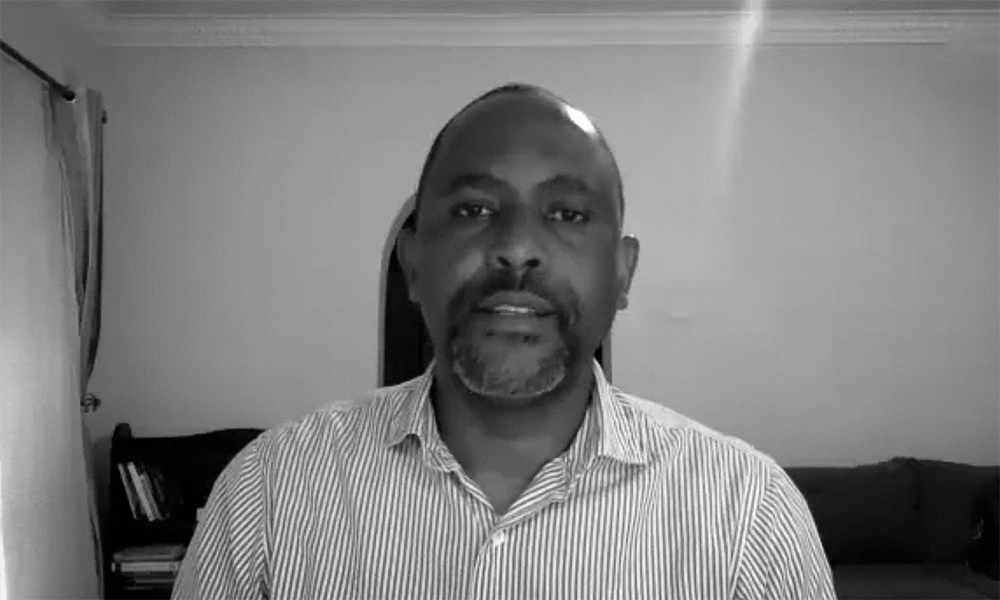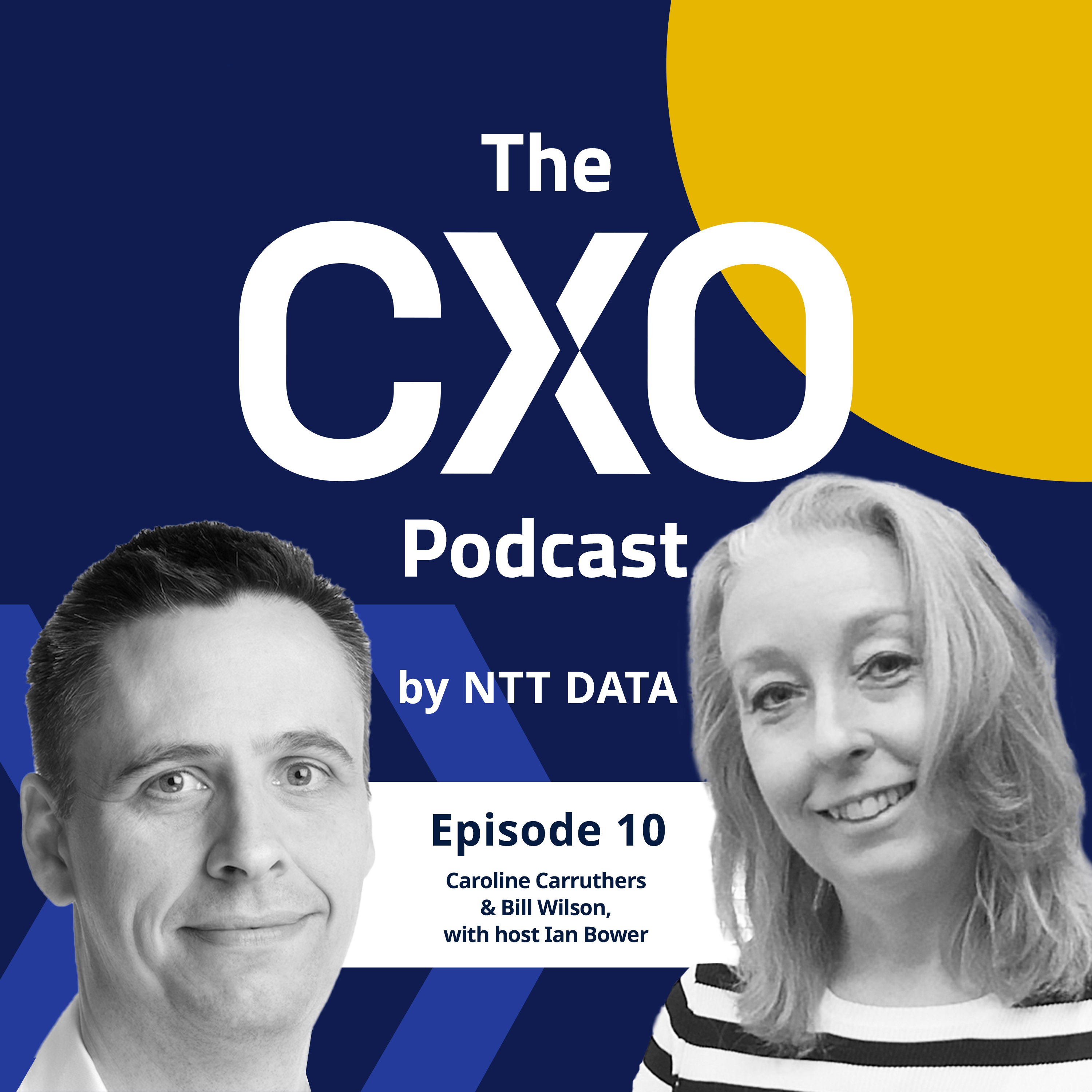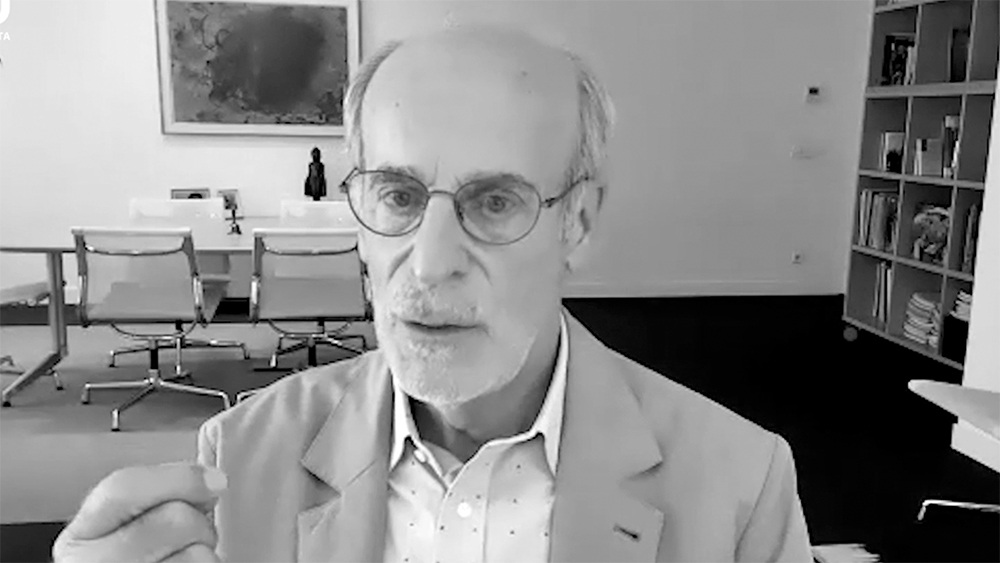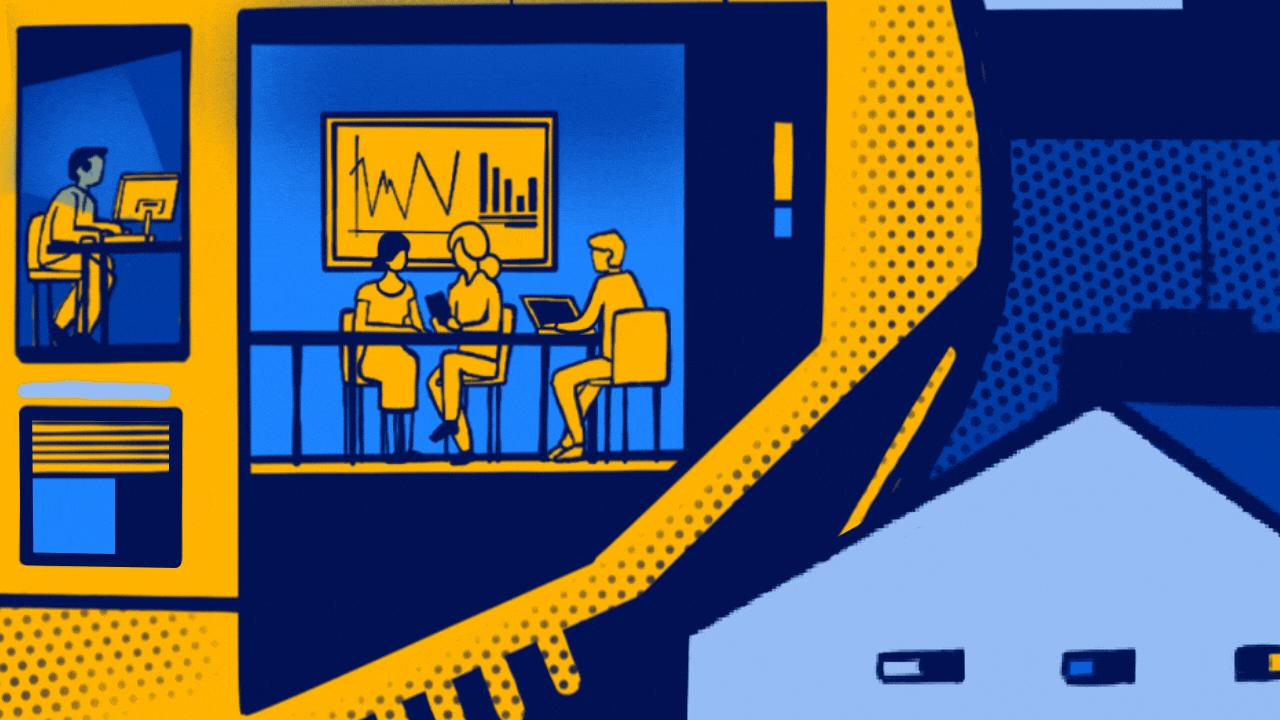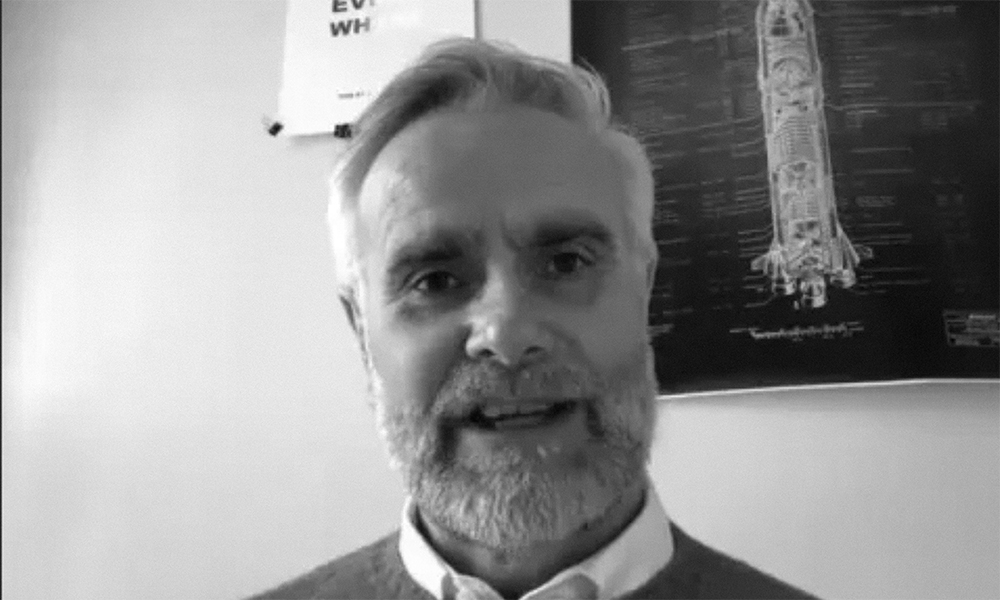 Photograph: Aedrian/Unsplash
Photograph: Aedrian/Unsplash
An intelligent organisation is purposeful, proactive, creative, pre-emptive and reactive; it co-evolves with its environment, influencing and being influenced¹. An intelligent organisation is adaptive, realising the individual and collective capabilities of the diverse people who give it life, celebrating their diversity and building from their varied insights. An intelligent organisation is underpinned by high cyber-effectiveness: extremely capable in capturing, codifying, curating and compiling data. It utilises the resulting information to sustain itself in harmonious interaction with its social, economic, political and physical setting. Intelligent organisation emerges from this informationally-enabled synthesis of values, behaviours, processes and structures when and only when we, its human actors, create the conditions under which it can.
The trap of historic convention
Still the dominant variant by volume if not performance, the mechanistic, classically hierarchical, positional power-based organisation designs that arose during the coal-fired, steam-powered first industrial revolution, or 1IR, will not suffice for the information-powered fourth industrial revolution (4IR) or beyond². They hold us back, trapped in historic conventions³.
Organisations still pursuing the Weberian bureaucratic ‘system of offices’ cannot keep up with rapidly changing clients, services, products or technologies. Those that thrive through 4IR and beyond – whether for services or manufacturing and in the private, public or third sectors – will do so by distributing authority, empowering those closest to the clients and users, making effective use of information. They will encourage people throughout the organisation to exploit relevant, synchronous information, to decide and act on things in the moment (and not as they were when a report was compiled!).
It is stark to realise in 2022 that while there has been so much change, so little has changed.
I wrote 30 years ago of organisations as perpetually failing problem-solving engines⁴, with managerial decisions lagging the evolving situation because information was not moving quickly enough. Such organisations fail to deliver value to their customers, staff, owners or other stakeholders, being wasteful of resources and with such latency in their actions that they must always fail. It is stark to realise in 2022 that while there has been so much change, so little has changed.
Stop managing the wrong things
Recent necessities of working from home notwithstanding, organisation design and decision-making continue to be constrained by a philosophy of presenteeism; managing where people are rather than what they achieve.
Commonly our information systems are bolted on rather than integrated, and consequently, both data collection and reporting are expensive, time-consuming and often wrong.
There is, of course, performance management in our organisations, much of it primarily concerned with compliance to outdated norms and expectations, accountability for resources (‘we made budget’) and delivery of outputs – not achievement of outcomes for clients. Commonly our information systems are bolted on rather than integrated, and consequently, both data collection and reporting are expensive, time-consuming and often wrong.
Simply, our constrained thinking about organisations means that we waste much of the investment that we make in information (and the systems that provide it) because we do not adapt the whole organisation to the new reality.
Delivering intelligent organisation
We must challenge conventional assumptions about people, organisations and information, and consider how they can be reinvented to capitalise on breakthroughs in our understanding and appreciation of people, their behaviours and the liberating potential of information technologies.
That means rethinking and redesigning our organisation to be adaptive so that it changes itself, and creating and building a shared identity on a foundation of agreed values, beliefs and a sense of belongingness.
A shared identity will also require effective collaboration between the managers and managed – with respect for the knowledge, skills, insights of every individual and self-management integral to the architecture of every role.
Rethinking will mean recognising that data is as valuable (if not more so) than the goods in the warehouse and the cash in the bank.
Rethinking will mean recognising that data is as valuable (if not more so) than the goods in the warehouse and the cash in the bank. Data, while necessarily always incomplete, is the raw material of information and is the enabler of adaptation.
Information systems will enable amplification rather than attenuation of the capability and contribution of each individual, while the incompleteness and dirtiness of data will mean exercising judgement in decision-making. Judgements, while sometimes wrong, are the basis of individual and collective learning.
Effectiveness of the organisation will need to be redefined and expressed not just in financial performance but in its ability to adapt to meet the changing expectations of all stakeholders.
Developing cyber-effectiveness: a beginning
I suggested at the outset that an intelligent organisation would be highly cyber-effective. Space precludes a full elaboration, so here are three questions you can ask to start testing the cyber-effectiveness of your organisation today.
Is data regarded as a generator of cost to be minimised – or value to be maximised?
Is data collected and performance monitored as a functional activity or an integral part of the work process? (And how do you know?)
Do you recognise the distinction between the information infrastructure (networks, devices and the soft/firmware that runs them) and the information architecture (operational and business applications, reporting, decision capture) that run on it?
In pursuing cyber-effectiveness, we move away from the siloed 1IR trap of brute-force computing to integrated, process-oriented intelligent computing. Doing so means comprehending that investment in information is never ‘finished’.
Effective investment will rest in developing evolutionary systems with value realised through the achievement of outcomes, not functional (and often marginal) savings on cost. Evolutionary information systems will always be a work in progress!
The impact
Overall, we need to shift our thinking from doing things better to doing better things.
Through purposefulness and shared identity, the intelligent organisation will become sustainable – being more thoughtful, societally legitimate, systemic.
Adaptation will be embedded in the organisation, while information will enable decisions. An intelligent organisation will have a hierarchy rooted in and given legitimacy by information, with power distributed accordingly. It will maximise the autonomy of the individual and maintain coherence and integrity while generating and responding to changes in its environment.
An intelligent organisation will be adaptive, lean, agile and deliver more value at lower cost – in all dimensions.
References
¹ – Beckford, J. (2020) Intelligent Organisation: Driving Systemic Change with Information (2nd Edition), Routledge, UK
² – Brynjolfsson, E. & McAfee, A. (2014) The Second Machine Age, Norton & Company, New York
³ – Beckford, J. (2022) Quality Management: Reconsidered for the Digital Economy, Routledge, UK
⁴ – Beckford, J. (1993) The Viable System Model: A More Adequate Tool for Practising Management, The University of Hull, UK


